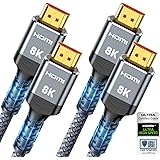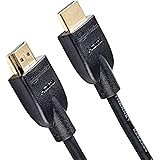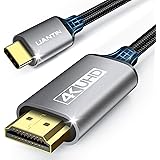The sound quality of a home theater system depends on speakers, an AV receiver and some sort of video input device. Speakers provide the audio and a good home theater setup should have at least one subwoofer to deliver rich, powerful bass. The AV receiver handles grabbing the audio and video signals from the input devices and then sending them to the speakers and TV. A good AV receiver will be able to handle surround sound and Dolby Atmos.
Before purchasing your speakers, AV receiver and other components, consider your room size, seating arrangement, and how advanced you want your home theater to be. The most basic home theater setup is a stereo pair of left and right speakers connected to a DVD player or Blu-ray player. A more advanced setup would have a center channel and two surround speakers. If you want to do more, consider a 5.1 surround sound system or even a Dolby Atmos set-up.
AV receivers are the heart of any home theater system. They grab the audio and video signals from your input devices, amplifies them, and then sends them to the speakers and TV. They also handle many other functions, including streaming and controlling other devices. Some high-end models can handle up to 15 channels for a surround experience that rivals the movie theater experience.
If you plan to mount your TV, hold off until after the speakers and other components are set up. Then adjust any seating to suit the TV’s position. The seating should be placed so that it points toward the center of your room to maximize the soundstage for best results.
Start with the front speakers, which should be in-line with the couch and angled toward the viewer. Then add the rear speakers, which are typically on the back wall, angled in toward the couch. Lastly, place the subwoofer along the front wall for deep, bone-rattling sound.
Some very complex systems include extra speakers up high, called overhead speakers. These are meant to create a sense of height in the soundscape. They are usually mounted above the two front speakers, angled in and pointing down at the viewer.
Once you’ve located your speakers, connect them to the AV receiver via speaker wire and banana plugs. Most speaker wire comes with a wax sheath that you need to remove to expose the bright copper core that makes the connection. You can use a knife or scissors to trim the sheath, but be careful not to cut any of the internal wiring.
Besides speaker connections, the AV receiver should have HDMI and coaxial inputs for connecting your devices. The HDMI connections are preferable because they carry the audio and video data in the same cable, but you can use standard RCA inputs if your equipment does not have HDMI outputs. It is best to use a cable with at least an HDMI ARC (audio return) connector to minimize signal loss. Some AV receivers also have built-in Wi-Fi so you can run your speakers wirelessly, but this may require additional hardware.









